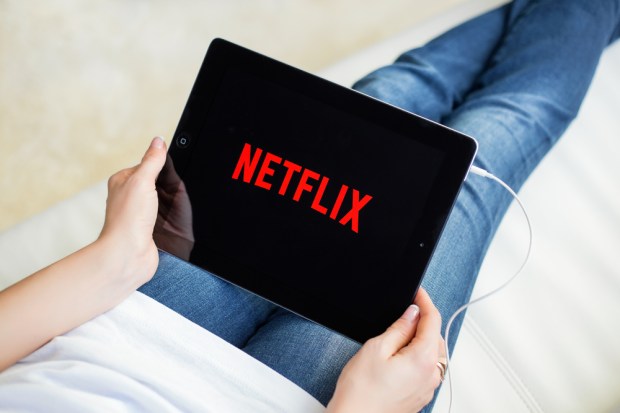Recurly CEO On How Over-The-Top Services Came Out On Top

Over-the-top (OTT) media services started as an alternative for millennials who didn’t want to (and often couldn’t) pay $150 per month for a bloated cable package full of channels they didn’t want just so they could watch a few shows they cared about. Enter Netflix.
Today, OTT video streaming has become the new normal, and not just for millennials – no one wants to pay a lot of cash for a lot of stuff they don’t want. Instead of being limited to service packages by traditional TV and cable providers, consumers can now choose from a plethora of SVOD subscription-based services like Netflix, Amazon and Hulu, AVOD ad-supported services like Crackle, and TVOD à la carte services like iTunes, Vimeo On Demand and Amazon Instant Video.
With all those choices, though, the competition is fierce, and consumers are fickle. How can any one service inspire loyalty in its customers when there are so many other options to explore?
Constant reinvention.
Netflix doesn’t dominate the streaming market just because it got there first. It dominates because it’s the best at what it does. At least, that’s what Dan Burkhart, CEO of the subscription management company Recurly, theorizes. And he’s not alone.
“If subscribers feel that they’ve gotten to the end of the catalog, they will vote with their feet and find another provider with a new set of interesting content to consume,” Burkhart said. “Netflix has done a phenomenal job of continually reinventing its content so there’s always something there for consumers.”
In a recent interview with PYMNTS CEO Karen Webster, Burkhart highlighted some other strengths of the subscription model in light of changing consumer behavior and preferences – not to mention changes in technology that are creating new opportunities and disrupting established players.
One key for Netflix, he said, has been staying ahead of the economic curve. The platform has achieved critical mass and scale, so it has negotiating leverage with major studios as well as deep pockets for funding its own original content. That original content is a huge reason viewers stay with the service. No longer are people simply turning to Netflix for cheaper reruns of movies and TV shows they missed the first time around – they are really looking to it as a leader in new media.
Other platforms and TV providers have created a strong call to action by streaming live events like awards shows, sports playoffs or the Olympics in real-time. Last winter, for instance, Fox, Verizon, and Sling all created ways for customers to live-stream the Super Bowl. According to Burkhart, the allure and intrigue of watching a big event live could help get customers over the hump of that purchase consideration moment.
But big events like the Super Bowl and Grammy Awards only happen once a year – and the Super Bowl actually has a smaller pull, since it’s only a draw for North American customers, while the Grammys are watched worldwide. Therefore, platforms need to keep the momentum going between live events. If a platform doesn’t offer a dynamic catalog and quality original content, those subscribers won’t stick.
The final key, Burkhart said, is convenience. Payment methods should be consistent with what consumers want to use, and the payment process should not bar customers from delivering the highest possible lifetime value.
That was a hurdle at first, because the millennials Netflix was targeting wanted to pay with debit cards linked to checking accounts – often checking accounts with very low balances. Debit cards get declined two to three times as often as credit cards, especially when their owners are constantly struggling to keep their heads above the waters of insufficient funds and temporary holds.
But customers wanted it, and the customer is always right. So Netflix delivered. Traditional cable companies still haven’t.
“It’s really interesting to watch it all unravel,” Webster said. “These big incumbents are just not able to move quickly enough because these nimble players that have a very specific focus have been built for a digital age, and these incumbents that haven’t been just don’t know how to respond.”
New media channels don’t have it all figured out, though. There’s a lot of fraud going on in the new media ecosystem, and in many cases, companies are choosing to tolerate a certain amount.
Free trials have long been an invitation for a “bicycling” pattern of fraud. Users sign up for a free trial, use it until it expires, and then create a new email address to sign up again. Recurly is helping providers combat this with device fingerprinting, which recognizes IP addresses and declines free trials to people who have already gotten one.
Another common vector of fraud in this space is password sharing. Family members and friends commonly share their login credentials with each other so that not everyone has to go all-in on a subscription.
There are ways to tell when people are doing this, but Burkhart said it’s up to the service provider how aggressively they want to snuff it out. Password sharing can be a form of trial and adoption that eventually leads to legitimate accounts being set up. Providers will want to strike a balance between allowing some degree of sharing and creating friction for people sharing account credentials to encouraging individuals to sign up for their own accounts.
